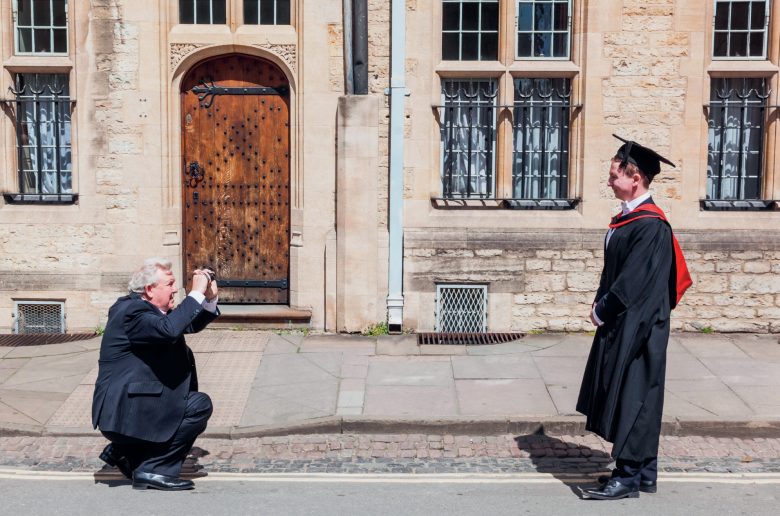
To 14-year-old girls it must sometimes seem that their school’s main purpose is to stop them wearing short skirts. A history of attempts by schools to enforce rules on appearance might provide some support for this view. For decades, schools have had an interest in controlling what female pupils look like. What is more, the function of that control has not changed much.
Of course, the details of school rules on what is not allowed have changed, but not their ultimate objective. School uniforms, hairstyles and hemlines change, but the consistent objective of rules about them has been to limit the opportunities for girls to present themselves as sexually attractive. This is not lost on female pupils, of course.
Your organisation does not have access to this article.
Sign up today to give your students the edge they need to achieve their best grades with subject expertise
Subscribe




